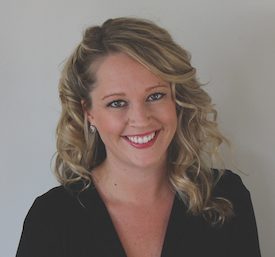It’s a well-known fact that most Americans haven’t saved enough for retirement, and to make it worse, a greater number of older homeowners continue to carry mortgage debt. In fact, the number of seniors with mortgages has nearly doubled in the last 30 years.
The situation has many retirement experts and researchers looking at ways to help aging Americans finance their later years. One major source of wealth they say can’t be ignored? Home equity.
A recent blog post by Urban Institute Research Associate Karan Kaul summarizes the findings of a private meeting of experts on aging and retirement to discuss methods to support aging in place.
Kaul said the group focused on monetizing home equity to bolster retirement finances but found that the lack of efficient methods to do so were a significant barrier.
“Home equity is the major source of wealth for most elderly homeowners, including many whose available liquid assets could not cover an unexpected major expense,” Kaul wrote, adding that HELOCs and home equity loans are only available to those with strong credit, and that cash-out refinances are interest-rate dependent.
“Thus, homeowners with limited incomes and savings have only one option for equity extraction: the Federal Housing Administration’s Home Equity Conversion Mortgage program, which has fallen short of its potential,” he writes.
Why is the uptake so abysmal despite the obvious void the reverse mortgage product can fill? Kaul points to high costs, complexity, and fear of losing one’s home or getting scammed as reasons most often cited by seniors to opted to steer clear.
Making matters worse is the fact that the Department of Housing and Urban Development has made changes that have limited eligibility and brought uncertainty to the market, Kaul writes.
But despite the shaky state of the market, Kaul said the experts agreed that there was an urgent need to stabilize and improve the product. Here’s what they suggested:
- Lowering HECM servicing costs and introducing a lower loan-to-value ratio
- Creating a lower-cost product for those who want to borrow a limited amount (to finance home modifications, for example)
- Encouraging the continued development of private reverse mortgage products
Still, Kaul wonders if those fixes will be enough to support the older population’s expressed desire to age in place.
“Many seniors continue to age in unsuitable or expensive homes, requiring proactive intervention from both homeowners and government,” he writes.
“The public and private sectors can take steps to educate seniors on the benefits of aging in the right place and make changes that help more seniors do just that,” Kaul adds.
“Addressing these issues will allow seniors to thrive in their chosen home,” Kaul concludes. “Failure to act will only make the situation worse as more Americans reach old age.”





